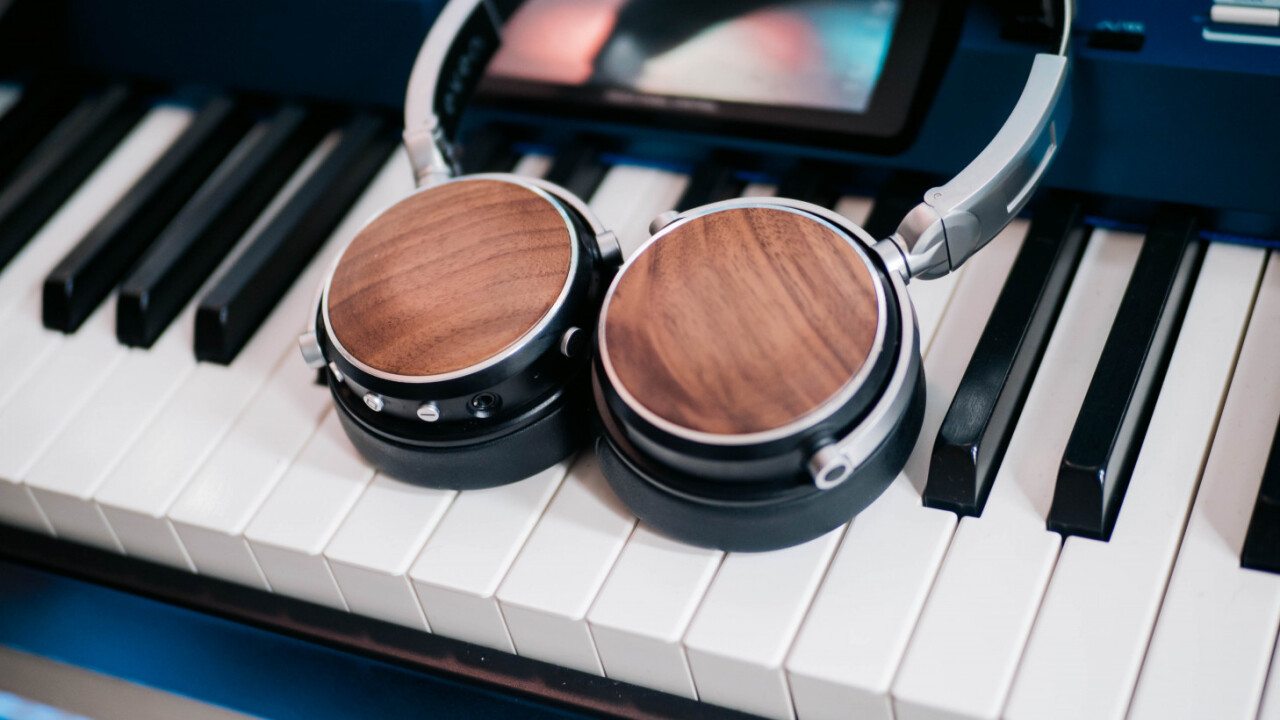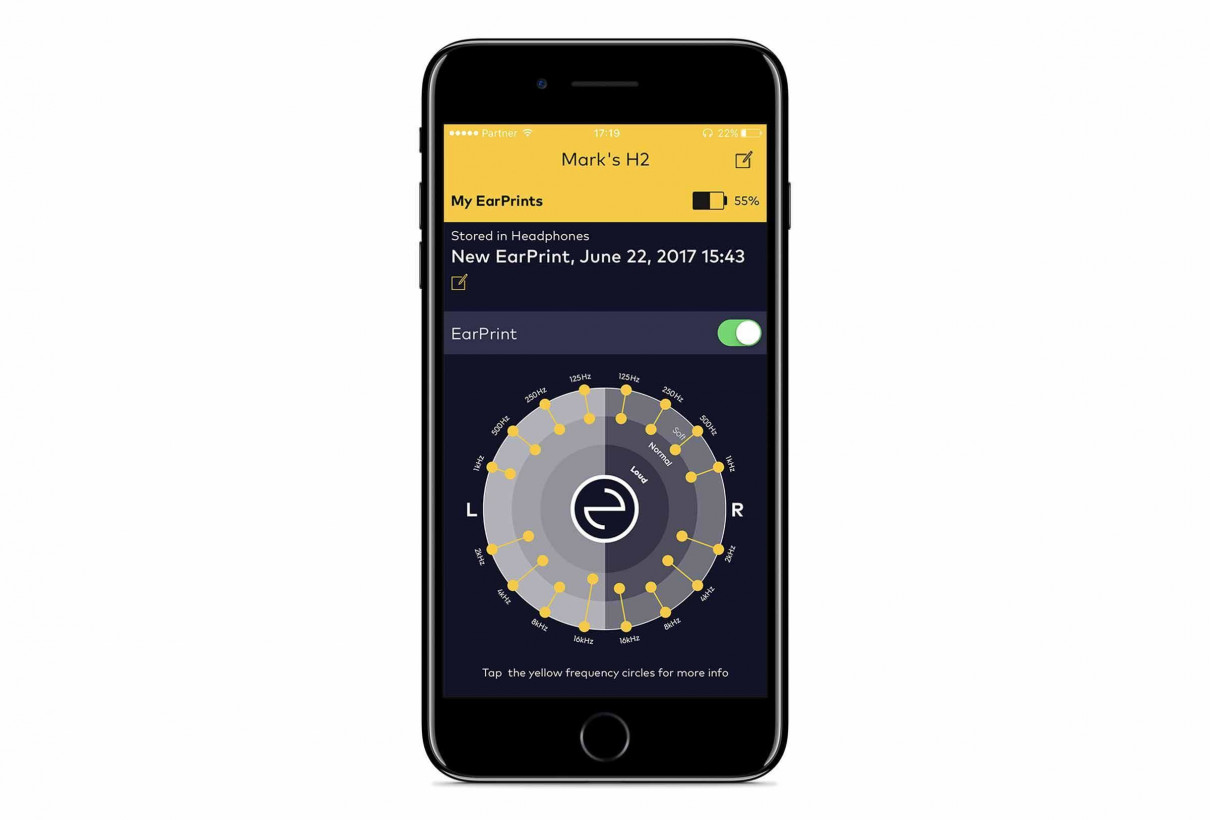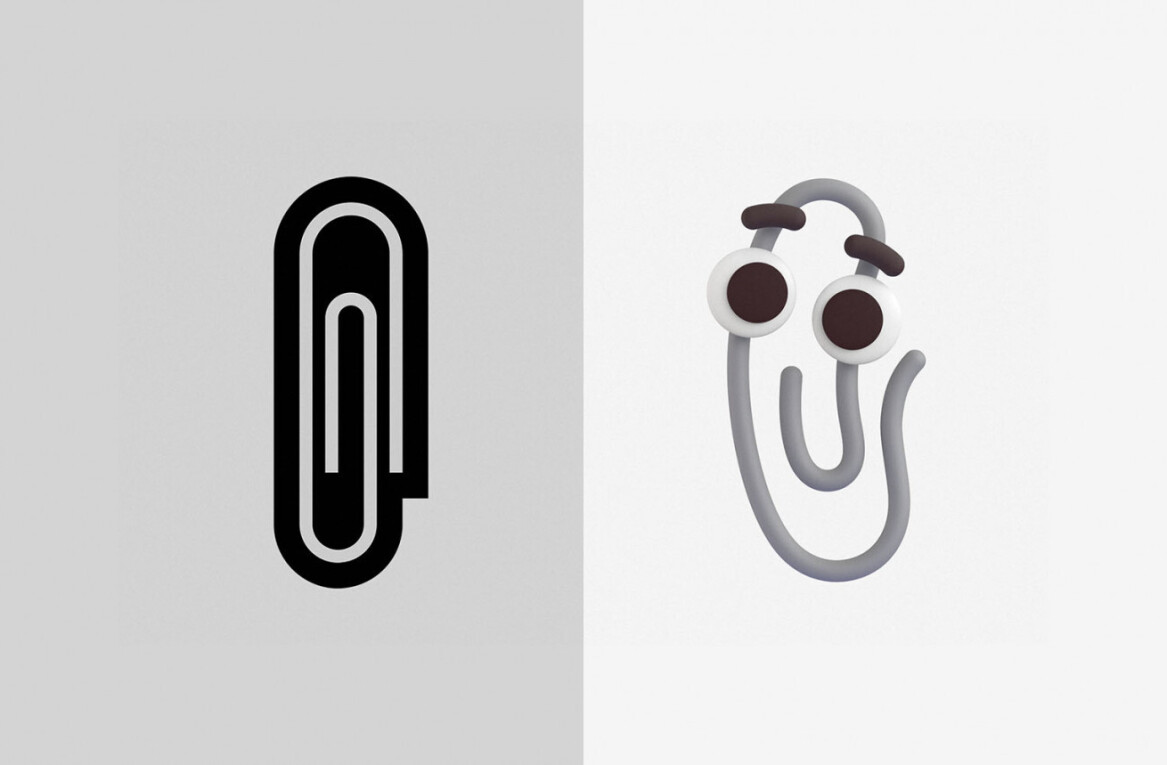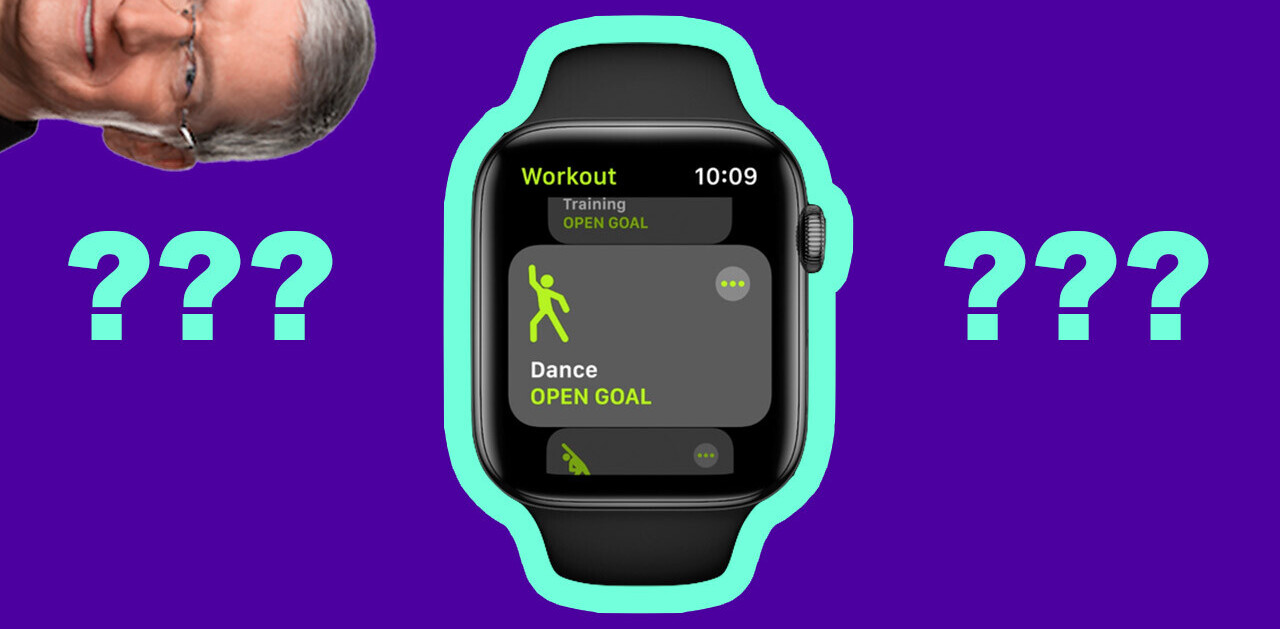
- Product
- H3
- Price
- $150
In the last few years, some headphone makers have taken a novel approach to sound quality: don’t just make the best-sounding headphones possible, make the best-sound for *your* ears. The idea is that everyone hears frequencies at varying intensities, so these products are able to adjust a headphone’s outputs to account for your hearing’s strengths and weaknesses.
A startup named Even was among the first to flaunt this ability back in 2016. Its headphones ask you perform a short hearing test to determine your ‘EarPrint’ – a hearing profile unique to you – and modify the sound accordingly. As Even likes to say, the headphones are “glasses for your ears.” It’s particularly useful for older ears that may be less sensitive to high frequencies, but should theoretically provide an improvement for anyone.
The company is now on its third headset, the H3. It’s nearly identical to the H2 I reviewed (and liked) last year, except rather than having earcups made entirely out of wood, the H3 use a plastic frame with an endcap made out of either walnut or black plastic.

That’s fine though, because the headphones sound just as good, while maintaining a classy look that feels well made. More importantly, the H3 is way cheaper. Where the H2 came in at $300, the H3 is $150. Here’s Even’s own description of the differences:
The EVEN H2 and H3 share the same EarPrint technology, 40mm drivers, exceptional battery life and outstanding build and materials. The EVEN H3 comes in 2 different designs – Black and Walnut cups. The EVEN H2 is made entirely our of Walnut. The EVEN H3 also allows you to set your EarPrint through EVEN’s free App, in addition to the EVEN button on the headphones themselves.
I have no reason to doubt Even’s claims; my ears certainly can’t hear the price difference.
The H2 actually sounds surprisingly good even without the EarPrint tuning activated, with a solid soundstage for closed back, on-ear headphones and plenty of treble clarity and bass oomph. I’d be pretty happy if I paid $150 for the H3 without any fancy tuning features.

But after tweaking for my hearing profile, I hear stronger bass, slightly brighter highs, and a more enjoyable sound all around. It’s in line with how I’d tweak an EQ manually, making for a sound signature that is fun without being too aggressive. And unlike some other systems I’ve tried, Even’s algorithm doesn’t seem to bloat the mid-range or reduce clarity when applying its tuning.
Granted, your results will vary. Again, every ‘EarPrint’ is unique, and you might even be able to get similar results with extensive EQ-ing. But whatever Even is doing, it seems to work.
That said, keep in mind the EarPrint feature will only work if the headphones are charged, regardless of whether you’re in Bluetooth mode or using the included 3.5mm cable.
Unfortunately, the H3 also borrows the H2’s shortcomings. It charges via Micro USB, which is just gross in 2018 (thankfully it only takes about an hour to top it up for 20 hours of music). And the lack of a high quality Bluetooth codec like AptX or AAC is disappointing, preventing the H3 from being a viable wireless option for audiophiles.

It’s also worth noting that since I reviewed the H2, I’ve had the chance to test out another company’s hearing solution: The Nuraphones. These are able to tune sound to your hearing semi-automatically, have significantly better sound quality, use AptX HD, come with noice cancelling and have a more robust app. Unfortunately those cost $400 and have a divisive design, putting them out of reach for many consumers.
Despite some qualms with its feature set design choices, the H3 are well worth your consideration. I’ll paraphrase my conclusion for the H2: The Even H3 are attractive, well-built, sound good, and come with a gimmick that’s both useful and optional. I thought its predecessor was competitive in the $300 price range; for $150 the H2 are a great deal as long as you can live with some caveats.
Get the TNW newsletter
Get the most important tech news in your inbox each week.




